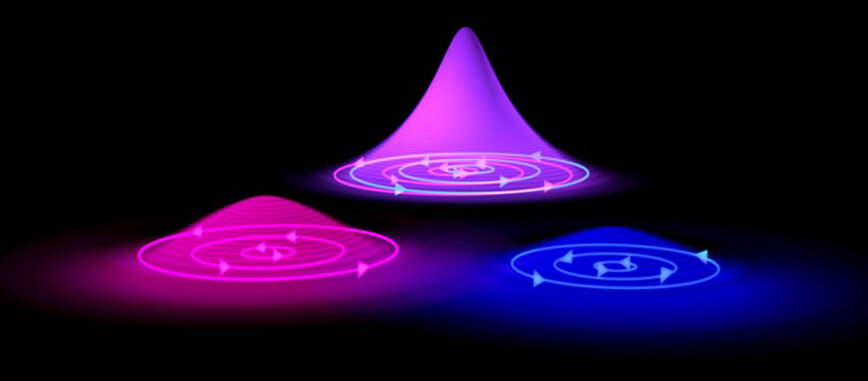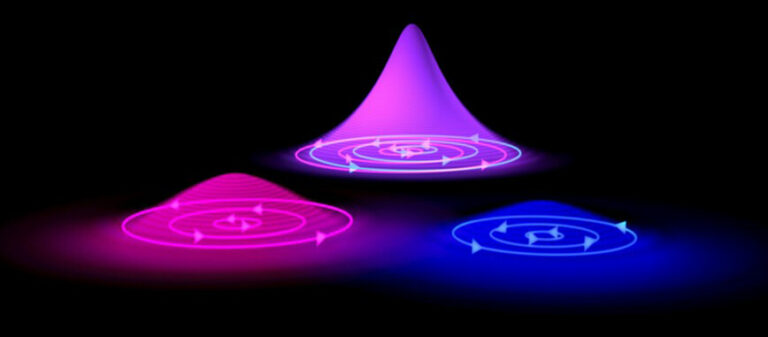Novel Circulation Patterns of Tiny Quantum Electronic Vortices Discovered in Superconductors
In the realm of superconductors, minuscule electron tornadoes, referred to as quantum vortices, play a crucial role with significant implications for applications like quantum sensors. A recent revelation by an international team of researchers introduces a novel type of superconducting vortex. Professor Egor Babaev from the KTH Royal Institute of Technology in Stockholm asserts that this study challenges the established understanding of electronic flow within superconductors.
The study builds upon the earlier work on quantum vortices, acknowledged in the 2003 Nobel Prize award. Collaborating with researchers from Stanford University, the TD Lee Institute in Shanghai, and AIST in Tsukuba, the team discovered that the magnetic flux generated by vortices in a superconductor can be partitioned into a broader spectrum of values than previously believed.
This marks a fresh understanding of the fundamental principles of superconductivity, and it also holds potential applications in the field of superconducting electronics. The occurrence of a magnetic flux vortex arises when an external magnetic field is applied to a superconductor.

The magnetic field permeates the superconductor in the form of quantized magnetic flux tubes, giving rise to vortices. Initially, research suggested that quantum vortices traverse superconductors, each carrying one quantum of magnetic flux. However, earlier theories of superconductivity did not entertain the possibility of arbitrary fractions of quantum flux. Utilizing the Superconducting Quantum Interference Device (SQUID) at Stanford University, Babaev’s co-authors, research scientist Yusuke Iguchi, and Professor Kathryn A. Moler demonstrated at a microscopic level that quantum vortices can exist in a single electronic band.
The team successfully generated and manipulated these fractional quantum vortices, challenging conventional beliefs. Professor Moler expressed initial skepticism but acknowledged, “Professor Babaev has been telling me for years that we could see something like this, but I didn’t believe it until Dr. Iguchi actually saw it and conducted a number of detailed checks.”
The Stanford researchers repeated the experiment 75 times at various locations and temperatures, emphasizing the rarity of the observed phenomenon. The findings validate a prediction made by Babaev two decades ago, suggesting that in certain crystal types, one part of an electron population in a superconducting material can form a clockwise circulating vortex, while simultaneously, other electrons can form a counter-clockwise vortex.
“These combined quantum tornadoes can carry an arbitrary fraction of flux quantum,” explains Babaev, challenging existing notions of quantum vortices in superconductors. Moler affirmed the groundbreaking nature of the conclusion, stating, “I have been looking at vortices in novel superconductors for over 25 years, and I have never seen this before.” Babaev emphasizes the robustness of quantum vortices and their potential for control, suggesting that they could serve as information carriers in superconducting computers. He envisions that the knowledge gained and methodologies introduced by the Stanford team may, in the long run, contribute to certain platforms for quantum computation.
This article is republished from PhysORG under a Creative Commons license. Read the original article.
Do not forget to share your opinion with us to provide you with the best posts !




0 Comments